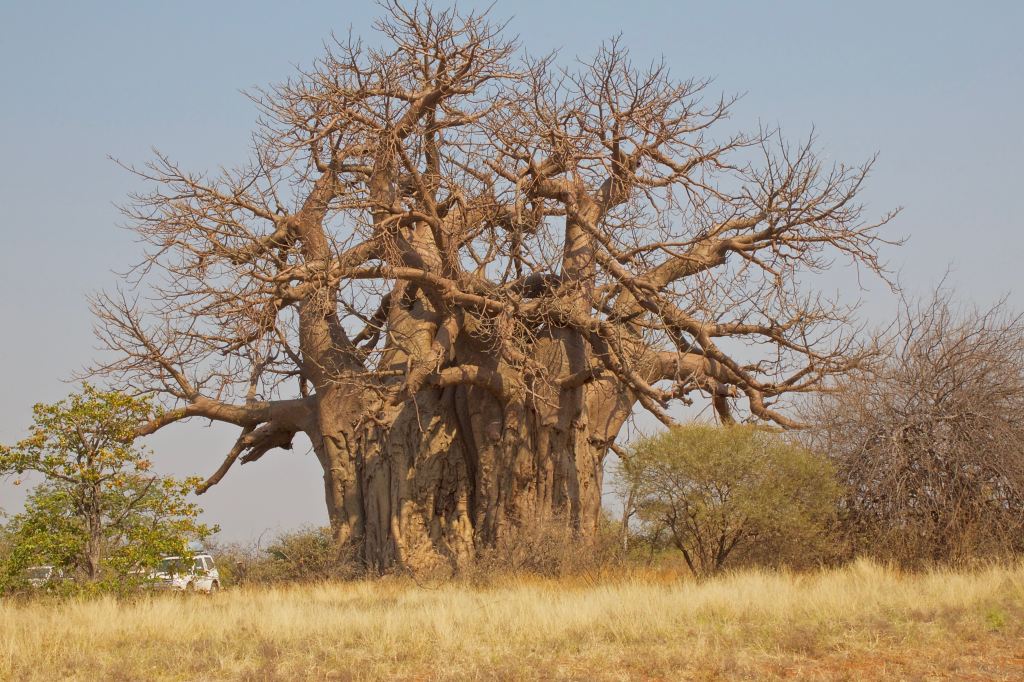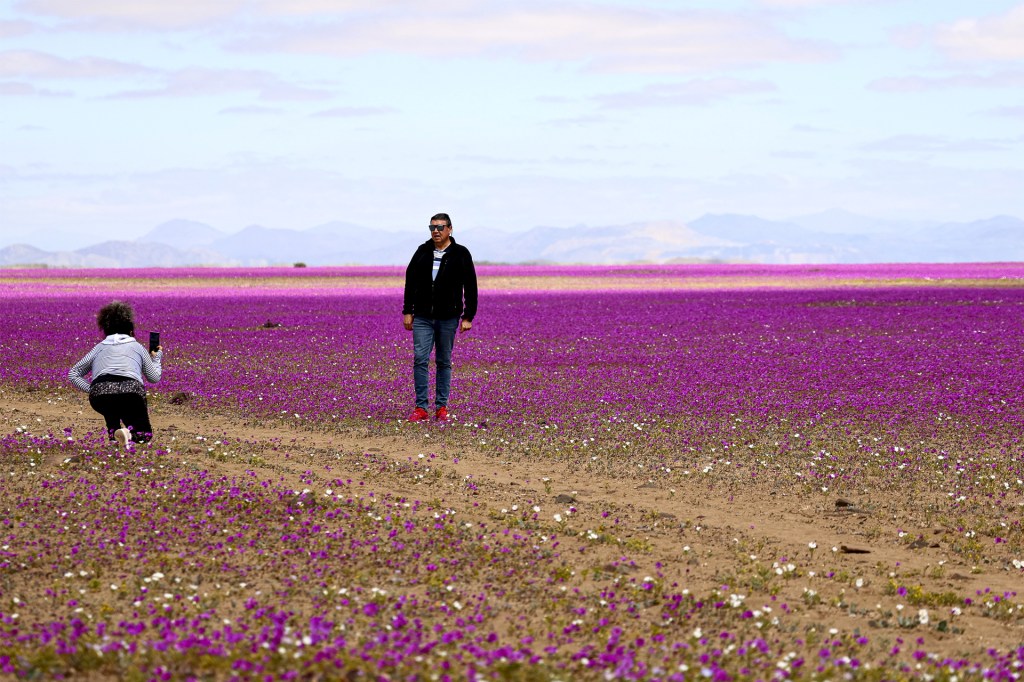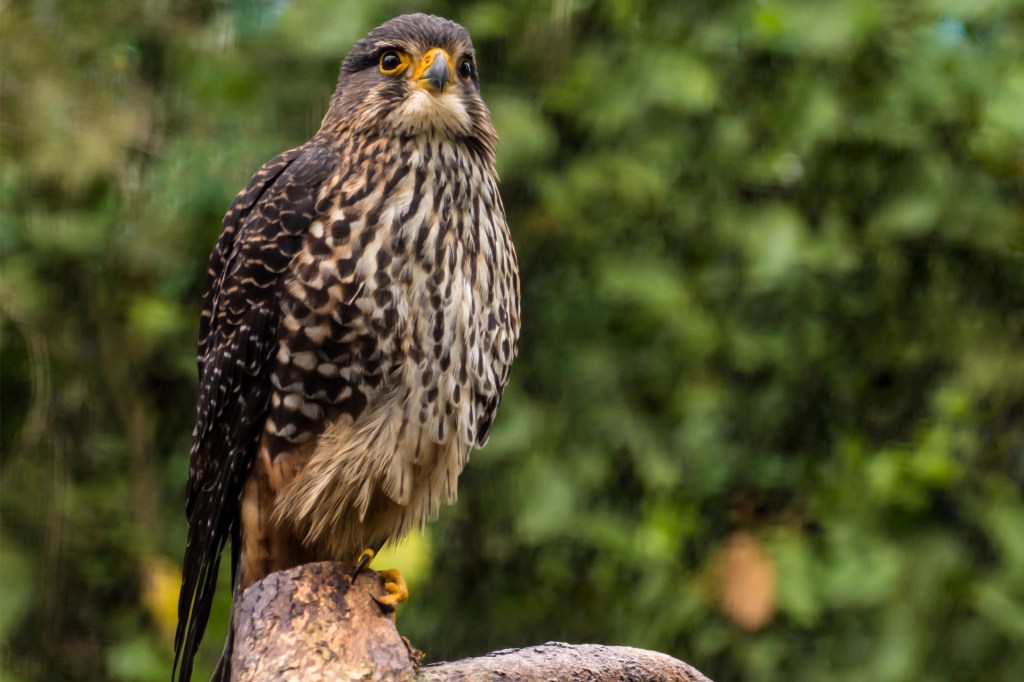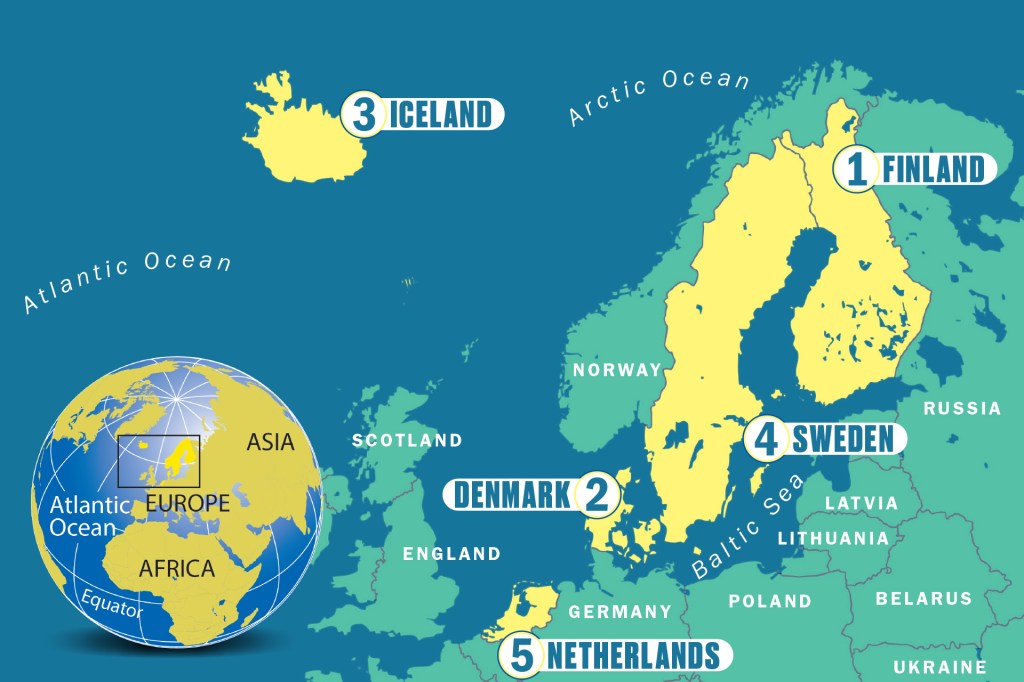Toppled Trees

There was once a tree in South Africa so wide it could fit 60 people inside its hollow trunk. The tree reached 62 feet into the sky. It was more than 1,100 years old. But recently, that tree and others like it have died. Scientists are wondering why.
The tree was a baobab (bay-a-bab). A baobab looks like a giant oak turned upside down. Its branches resemble roots reaching toward the sky. It grows in Africa and is nicknamed the Tree of Life. Baobab trees tend to live a long time. One of the oldest stood for more than 2,400 years.
In 2005, scientists began a survey to determine the age of more than 60 baobabs. During the process, they noticed that several of the trees had died. Their results, recently published in Nature Plants, show that nine of the 13 oldest baobab trees and five out of six of the largest died in the 12-year study period.
Looking for Answers
Stephan Woodborne coauthored the baobab study with six other scientists. They say more research is needed to know why the trees died, but they think climate change may be to blame. That’s because the trees showed no evidence of disease. Plus, many were in national parks, so they would have been protected from human harm. Also, Woodborne says, the most affected baobabs are on the outer edge of their ideal habitat. Increasing heat and shifting rainy seasons have made it harder for baobabs in these areas to thrive.
Woodborne told TIME for Kids, “It’s probably this unique combination of a drought that happened [in 2015] and elevated temperatures under climate change conditions” that killed off the baobabs. “As a result, the trees were not able to cope.”
Smaller and younger baobabs are dying too. “The big ones and the old ones caught the attention of the media,” Woodborne says. “But it’s not just those. It’s unprecedented that they should be dying across the age spectrum.”
Being more eco-conscious is one way to help protect baobabs and other trees from the effects of climate change, Woodborne says. That could mean recycling more and using less electricity, when possible.
“We’ve got to do a reality check on our own footprints in terms of the way we live our lives,” he says. “If we all changed what we did a little bit, it would start to make a difference.”
Stop and Think! What sources does the author use to support this story? Do you think these sources are credible? Why?














